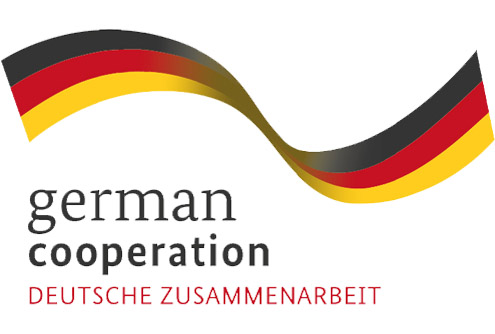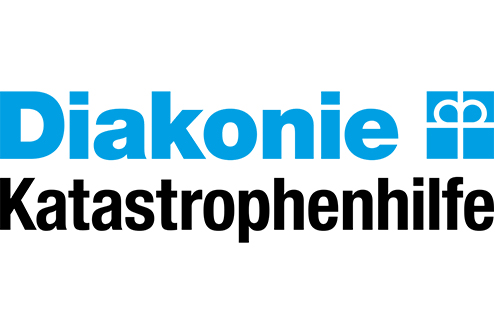Key steps in stage one
1. Identify key groups
Identifying those most at risk and local leaders and, crucially, building a relationship with them starts the risk-informed development process.
Those most at risk may include, for example, people that identify as part of the LGBTQ+ community, people living with disabilities, minority groups due to their social or economic status, older people, and children and youth.
Make a special effort to communicate directly with women and women leaders.
2. Prepare and mobilise communities
Agree with community members on when and how the visioning exercise can be carried out, including the preferred format, date, time and place. Plan and design the exercise.
Whilst civil society organisations might organise and advertise the event, identified community leaders or representatives of civil society groups are encouraged to take the lead in facilitating. Host the event within existing, neutral community spaces such as a school, community centre or town hall.
3. Introduce global trends
Take time to discuss with community members their rights, responsibilities and the roles of duty-bearers.
Highlight global risk drivers, such as climate change, and how it may impact their context. Be creative in how this is achieved: drama, song, street art and other methods can gain attention and engagement more than formal meetings.
Briefly discuss the broader risk-informed development planning framework and the purpose of seeking their vision for change.
4. Carry out the visioning exercise
Visioning is the process by which a community defines the future it wants. It should bring forward the voice of people in the community and it must be a platform for every community member to express their aspirations for where they live.
This exercise will help evolve targeted outcomes and mobilise communities to work towards common aspirations. It can also function as a platform for various groups to share perspectives, communicate and potentially resolve conflicts. This can be seen as the launch pad for the community-led risk-informed development planning process.
Draw out individual and community vision
The facilitators can invite every participant (including and especially children, elderly people, women and other marginalised people) to say or write down their aspirations.
Consider splitting the event into focus group discussions to build trust and confidence between different community members if appropriate.
Translate vision to goals
Prompt the participants to come up with ways and ideas that can help translate their visions to goals. If they want a particular aspiration fulfilled, what can they do (individually and as a community) over the next few months or years to realise these aspirations?
Encourage them to also identify what the roadblocks are in achieving these aspirations and goals.
5. Coming to an agreement
The purpose of this step is to find commonalities that are mutually beneficial, yet inclusive, with short- and long-term value to the community and its individuals.
The conversation should reflect on the outcomes of this vision exercise, with the facilitator seeking commonality between participants as well as helping resolve concerns or conflicts arising between ideas of what a joint vision might be for the community.
6. Overview of the risk-informed development planning stages
Once the above steps are completed, introduce and explain the next stages of the risk-informed development process with special reference to co-creation.


